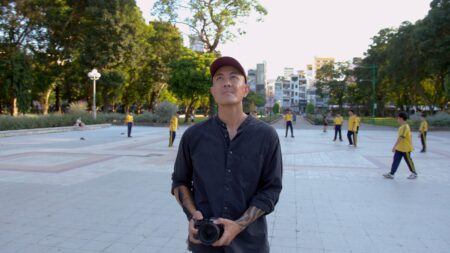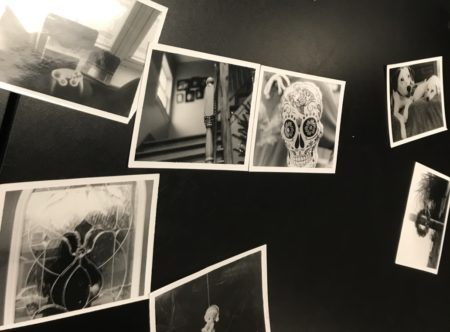Meet the second half of this year’s new cohort of Art21 Educators—passionate teachers who will be joining us today here in New York City for the kickoff of this year’s Summer Institute.
 Emily Relf teaches studio art to upper elementary school students at American International School – Riyadh, in Riyadh, Saudi Arabia. Originally from Westford, Massachusetts, Emily’s main goal for the year is to collaborate with STEM teachers on STEAM projects, integrating the arts more firmly in her school’s curriculum. For her lesson on Elizabeth Murray, she asks students to watch our Extended Play film on Bop, before identifying the problems Murray faced and the solutions she came up with to address those problems.
Emily Relf teaches studio art to upper elementary school students at American International School – Riyadh, in Riyadh, Saudi Arabia. Originally from Westford, Massachusetts, Emily’s main goal for the year is to collaborate with STEM teachers on STEAM projects, integrating the arts more firmly in her school’s curriculum. For her lesson on Elizabeth Murray, she asks students to watch our Extended Play film on Bop, before identifying the problems Murray faced and the solutions she came up with to address those problems.
“Contemporary art defines the world we live in now with awareness of the long history of art behind us,” she said. “We reference the past, examine the present, and look to the future.”
 Megan Hancock works as the curator of education and exhibitions at the Denison Museum in Granville, Ohio. Collaborating with fellow educators and school groups, Megan develops educational programs and materials, working with fifty-plus classes each semester to make the museum’s collection relevant to them. Last fall, she worked with the Guerrilla Girls for the exhibition The Art of Behaving Badly, connecting the works on view to the curriculum of classes studying anthropology, sociology, women and gender studies, African-American history, and English.
Megan Hancock works as the curator of education and exhibitions at the Denison Museum in Granville, Ohio. Collaborating with fellow educators and school groups, Megan develops educational programs and materials, working with fifty-plus classes each semester to make the museum’s collection relevant to them. Last fall, she worked with the Guerrilla Girls for the exhibition The Art of Behaving Badly, connecting the works on view to the curriculum of classes studying anthropology, sociology, women and gender studies, African-American history, and English.
“Each class visit was coming at the work from a different perspective, and each brought a new conversation and framework to the exhibition,” she said. “It felt innovative to be able to be critical within my own field, and also discuss why this is happening and what could or should be done about it.”
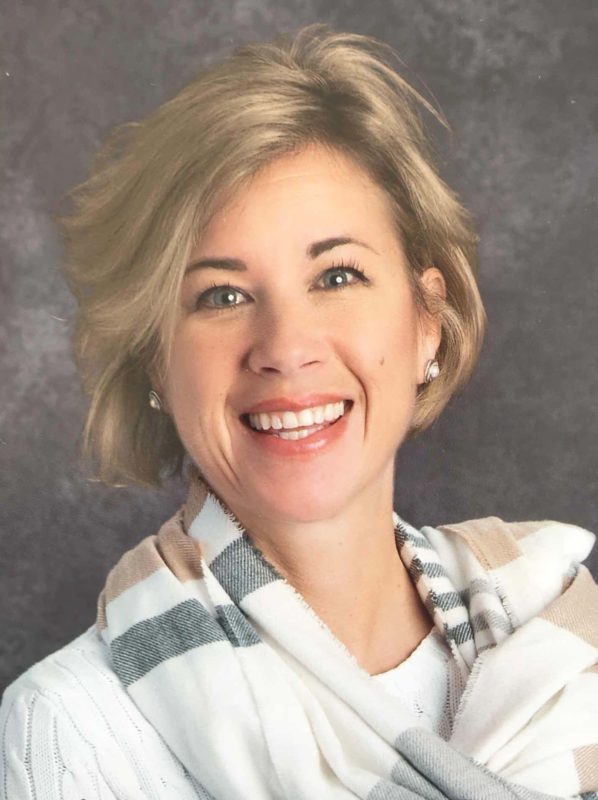 Samara Paleczny has taught art to high schoolers for over a decade at Widdifield Secondary School in North Bay, Ontario. She’s been watching Art in the Twenty-First Century since the very first season—she started teaching in 1999 just before the premiere of Season 1. Samara teaches an Integrated Arts class that combines new and traditional media, and in 2012 she helped launch her school’s speaker series, ARTtalks.
Samara Paleczny has taught art to high schoolers for over a decade at Widdifield Secondary School in North Bay, Ontario. She’s been watching Art in the Twenty-First Century since the very first season—she started teaching in 1999 just before the premiere of Season 1. Samara teaches an Integrated Arts class that combines new and traditional media, and in 2012 she helped launch her school’s speaker series, ARTtalks.
“Contemporary art is making and creating art beyond traditional boundaries whether they are physical, geographical, racial or social. Contemporary art is viewing and empathizing from multiple perspectives,” she said. “Contemporary art is more than diversity of materials. Contemporary art is driven by empathic, creative and critical-thinking and socially responsible design.”
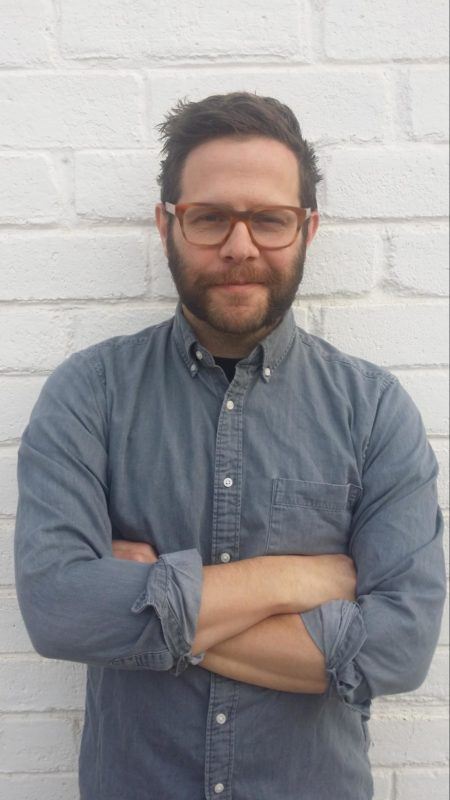 Ben Pawlowski is an artist and educator teaching studio art and theater to elementary and middle school students at BASIS Tucson Primary in Arizona. Reaching 400 students each year, Ben creates curriculum in collaboration with the lessons students are learning in their other classes. His third grade class is currently creating work around the concept of metamorphosis, designed to mirror what they’re learning in science class about the metamorphic stages of a tadpole as it turns into a frog.
Ben Pawlowski is an artist and educator teaching studio art and theater to elementary and middle school students at BASIS Tucson Primary in Arizona. Reaching 400 students each year, Ben creates curriculum in collaboration with the lessons students are learning in their other classes. His third grade class is currently creating work around the concept of metamorphosis, designed to mirror what they’re learning in science class about the metamorphic stages of a tadpole as it turns into a frog.
“I feel like any curriculum that only deal with artists that have long since died is essentially telling students that they missed their chance, that they should have been born another century if they wanted to make art for a living,” he said. “If we are only going to the past for our technical and thematic inspiration and reference, we could very easily be stuck there.”
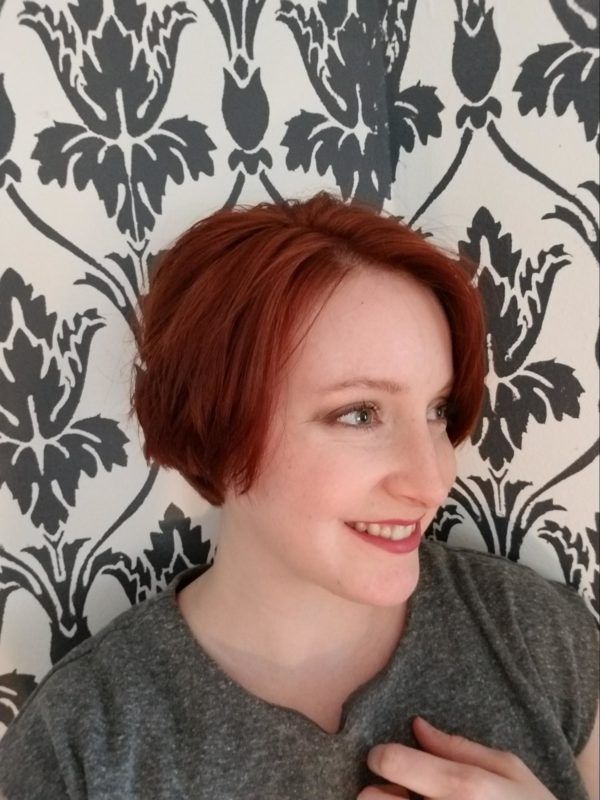 Ashley Rowland teaches art at Brecksville Broadview Heights High School in Cleveland Heights, Ohio. This year, she shook up the structure of her year-long entry-level class, leading students through an introduction to “Formal Elements and Principles of Design” before moving onto thematic and conceptual units in the class’ second semester.
Ashley Rowland teaches art at Brecksville Broadview Heights High School in Cleveland Heights, Ohio. This year, she shook up the structure of her year-long entry-level class, leading students through an introduction to “Formal Elements and Principles of Design” before moving onto thematic and conceptual units in the class’ second semester.
“The results have been dynamic and strong. My students embrace the process of learning and problem solving. They feel confident in their decisions and have the vocabulary and artistic foundation to defend those decisions,” she said. “Showing them artists of a variety of backgrounds, cultures, races, and the varied art they produce allows my students to see the accessible pathways. They are given an opportunity to realize that even the most successful artists still experience failure and struggle.”
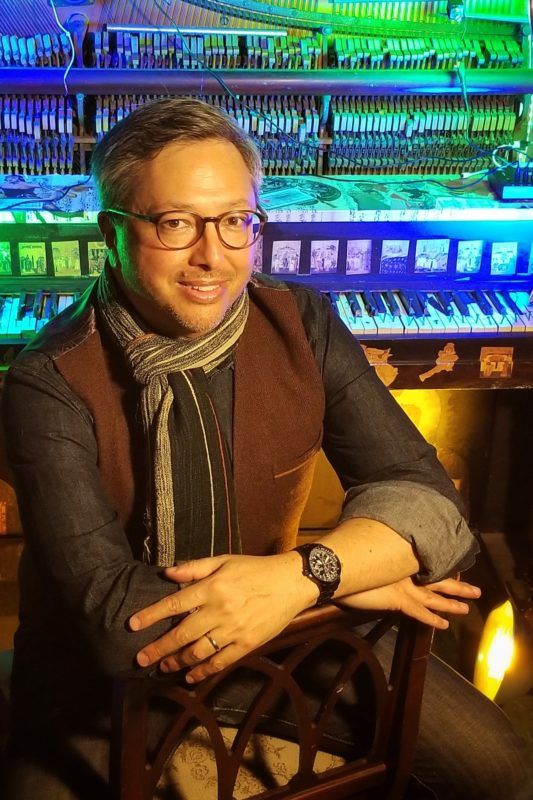 Steven Speciale is a musician and educator who teaches language arts, English, music, and theater at Loyola High School in Los Angeles, California. He integrates the work of composers and contemporary artists alike in his music classes, designing his curriculum in ways that teach his students to “listen with intention.”
Steven Speciale is a musician and educator who teaches language arts, English, music, and theater at Loyola High School in Los Angeles, California. He integrates the work of composers and contemporary artists alike in his music classes, designing his curriculum in ways that teach his students to “listen with intention.”
“Contemporary art illuminates an instant of our ever-changing lives at the nexus of interdisciplinary thought and endeavor,” he said. “Because multiple meanings emerge from contemporary art, it is an excellent vehicle for teaching difficult issues. This quality seems particularly relevant in our polemic age where complexities are often reduced to binaries, even when they are false-equivalencies.”
